I can't believe it's already April! Spring is flying by! I love teaching during this season, because there are so many fun themes and topics to cover. It's the perfect time to incorporate animals, weather, and plants into your interactive read aloud. Our interactive read aloud lessons this month cover the literature and informational text standards, RL 1.2 (retell stories), RL 1.3 (describing characters, setting, and major events using key details, RL 1.6 (identify who is telling the story at different points), and RL 1.4 (identifying words or phrases that suggest feelings).
This post contains affiliate links.
April Read Aloud Books
Country Frog, City Dog by Mo Willems
Hey, Little Ant by Hannah and Phillip Hoose
The Tiny Seed by Eric Carle
The Boy Who Harnessed the Wind by William Kamkwamba
Hey, Little Ant by Hannah and Phillip Hoose
The Tiny Seed by Eric Carle
The Boy Who Harnessed the Wind by William Kamkwamba
City Dog, Country Frog
City Dog, Country Frog is a sweet story about friendship. Not only is it precious, it's also extremely sad. The reader has to draw conclusions at the end of the story when Country Frog does not return in the spring.
I use the story to focus on the describing characters. We use the actions of the characters to infer their character traits. You can see that I include scripted lessons plans for the five day unit, along with text-dependent questions printed on sticky notes for easy access during your read aloud.
These two tasks give students practice inferring character traits. We do the Country Frog project together, and by the end of the week, they are ready to complete the City Dog culminating task.
On day five, students complete a comprehension assessment over the story for an additional grade. We also do a mentor sentence throughout the week related to our story and the language standards we have already covered.
Hey, Little Ant
Hey, Little Ant is the perfect story for teaching point of view. The point of view alternates on each page between a little ant and a kid. It allows the reader to also view a situation from two different points of view. I use the anchor chart above for recording who is telling the story and the evidence to prove my thinking. I always include anchor charts in the pack that you can print as a poster on your own printer and laminate for future use. It makes it so much easier than drawing out anchor charts each week.
At the beginning of the week, we use our schema to explain what we already know about ants. After reading, Students then have to describe how the ant feels and what evidence supports their thinking. For two of the next tasks, students have to identify who is telling the story and include text evidence to prove their thinking. Thursdays task helps lead to the culminating task; students have to provide reasons to save the ant and reasons to squish the ant.
On Friday, students will write an ending to the story, because the author leaves the ending up to the reader. They have to use their own point of view to decide what should happen to the ant. I love that this story teaches students about empathy for others. We don't always know why others do what they do, and this can give a different spin on why the ants are taking the food from the picnic.
The Tiny Seed
I use the Tiny Seed for retell of a story. It's also a great book for integrating those science standards.
The tasks on Monday through Wednesday include text dependent questions that students have to answer. I always have them draw an illustration to go along with their writing.
For the culminating task for the week, I divide students into groups. Each group member is given a season. The group works together to retell the story using words and illustrations. On Friday, they present their retell as a group to the class. I also interview students individually for an oral retell of the whole story. I have included grading rubrics for both.
The Boy Who Harnessed the Wind
If you are not familiar with this story, I encourage you to watch the movie on Netflix. It's such an inspiring story! The author of the story wrote a book about his experience growing up in Malawi. He ends up creating a windmill to bring his village electricity and water. This is a great story about perseverance and engineering. He taught himself how to build the windmill using things he found lying around his village.
The story contains several phrases that suggest feeling. This was the perfect book for that standard! We created a lap book that week, in which students had to explain in their own words the meaning of those phrases that expressed feeling.
We did not take a comprehension test for this story. I used the lap book as their grade for the week. I included the grading rubric that I used.
I also included the slides I use in the classroom. I have adapted them in Google Slides TM so that you can assign the tasks and assessments to distance learners. These slides guide my lessons each day, and ensure that I have included all necessary parts of my instruction. You can purchase the printable and digital bundle or the digital only bundle. Thank you so much for stopping by and reading about our April interactive read alouds!




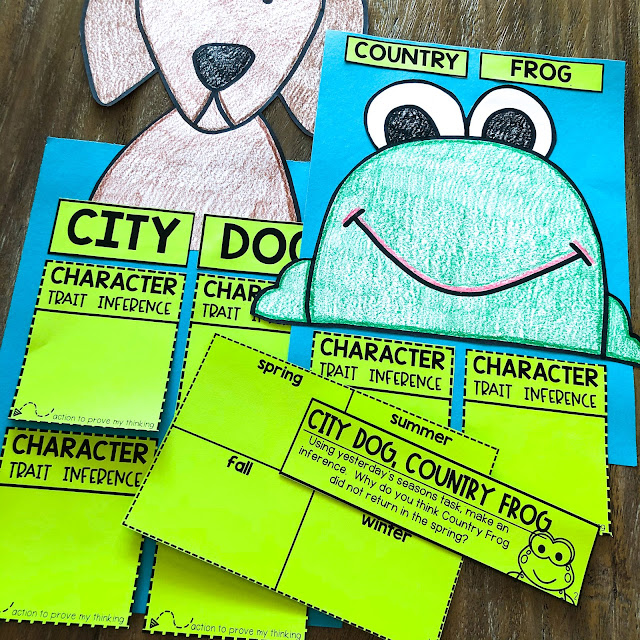






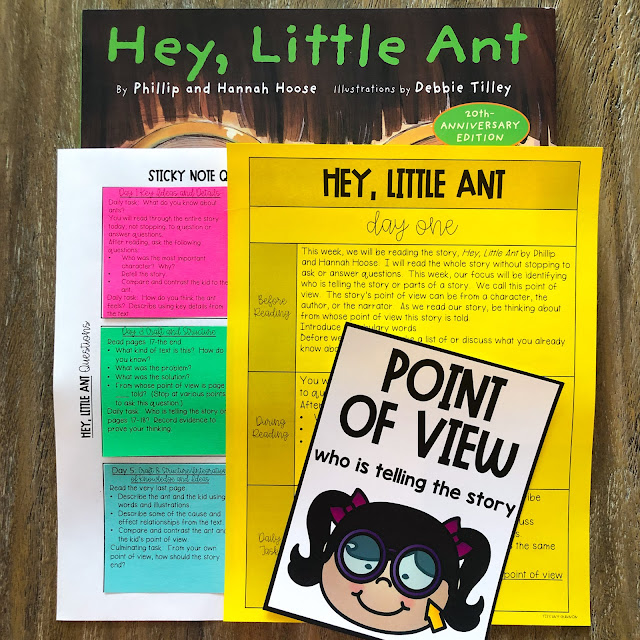



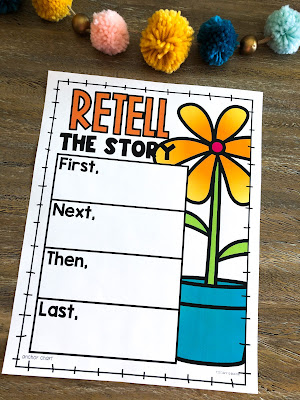


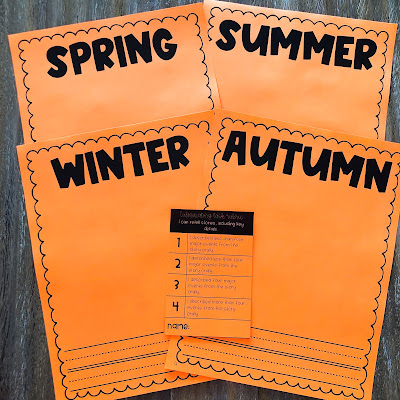
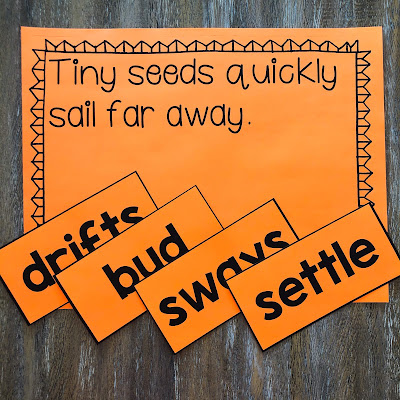
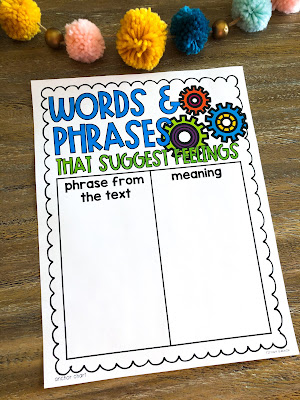

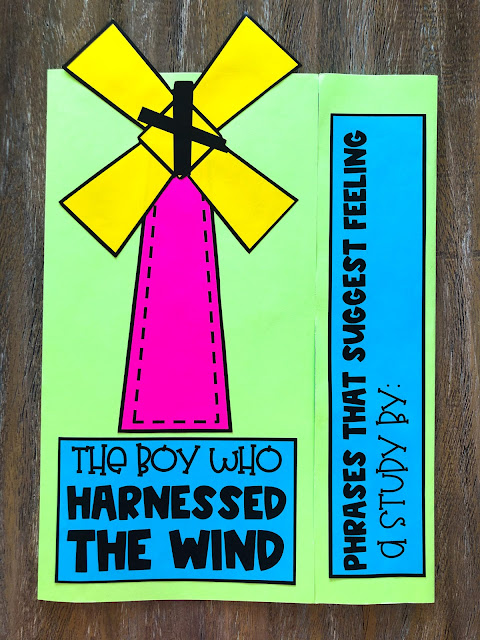
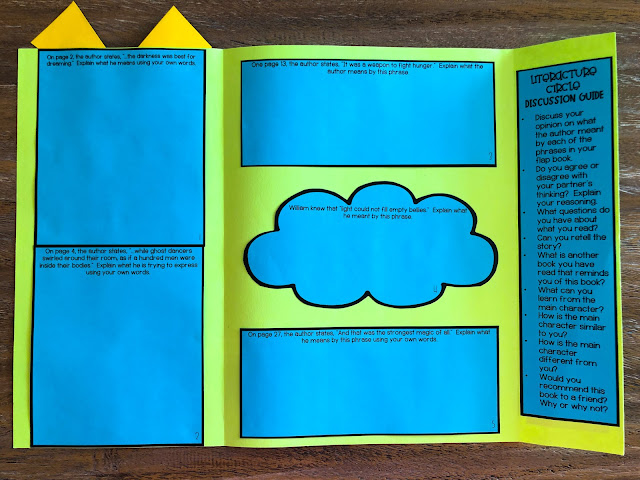
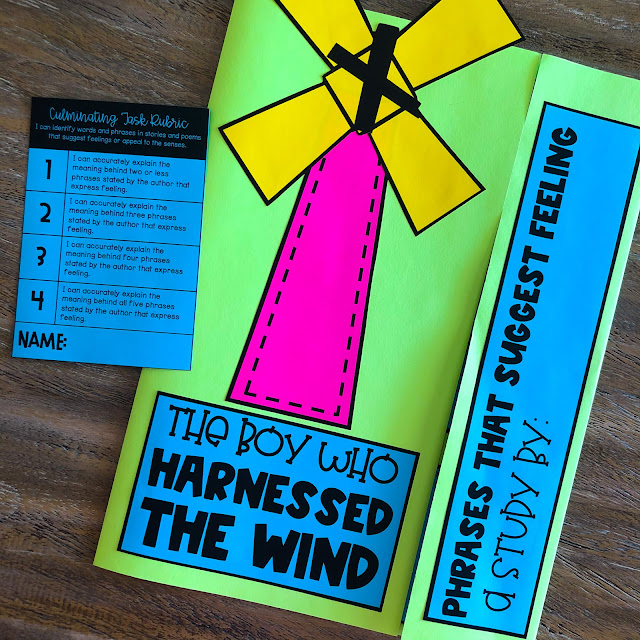
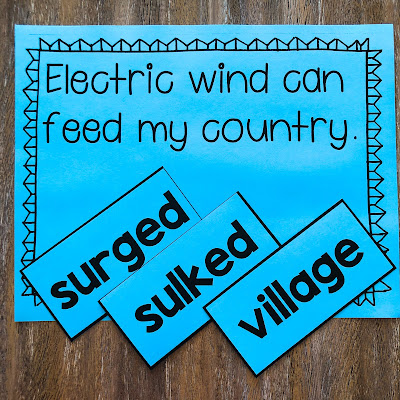


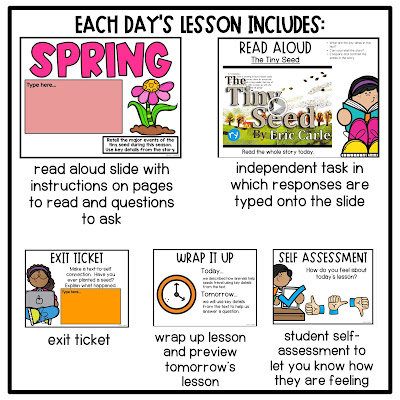

Ass.wr.wt.saya Ibu salmah sangat berterima kasih kepada Aki Soleh. berkat bantuan angka jitu yang di berikan Aki Soleh. saya bisah menang togel singapura 4D yaitu (3399) dan alhamdulillah saya menang (200,57 juta) sekarang saya sudah bisah melunasi hutang-hutang saya dan menyekolahkan anak-anak saya. sekarang saya sudah bisah hidup tenang berkat bantuan Aki Soleh. bagi anda yang termasuk dalam kategori di bawah ini:
ReplyDelete1.di lilit hutang
2.selalu kalah dalam bermain togel
3.barang-barang berharga sudah habis buat judi togel
4.hidup sehari-hari anda serba kekurangan
5.anda sudah kemana-mana tapi belum dapat solusi yang tepat
6.Dukun Pelet Sakti
7.Dukun Santet Ganas
8.Pesugihan Dana Gaib, dan dll
dan anda ingin mengubah nasib melalui jalan togel seperti saya hub Aki Soleh di no; 082-313-336-747.
" ((((((((((( KLIK DISINI ))))))))))) "
UNTUK JENIS PUTARAN; SINGAPURA, HONGKONG, MACAU, MALAYSIA, SYDNEY, TOTO MAGNUM, THAILAND, LAOS, KAMBODIA, TOTO KUDA, ARAB SAUDI,
AKI SOLEH dengan senang hati membantu anda memperbaiki nasib anda melalui jalan togel karna angka gaib/jitu yang di berikan AKI SOLEH tidak perlu di ragukan lagi.sudah terbukti 100% akan tembus. karna saya sudah membuktikan sendiri.buat anda yang masih ragu, silahkan anda membuktikan nya sendiri.
SALAM KOMPAK SELALU.DAN SELAMAT BUAT YANG JUPE HARI INI
..( `’•.¸( `‘•. ¸* ¸.•’´ )¸.•’´ )..
«082-313-336-747»
..( ¸. •’´( ¸.•’´ * `’•.¸ )`’•.¸ )..
Once you have done iLauncher Pro APK download, just install this app on your device and you are good to go. Everything will be changed automatically, from icons to the animations just like an iOS device.
ReplyDeleteแทงบอลออนไลน์ หรือ เว็บแทงบอลออนไลน์ กับ ยูฟ่าเบท เราคือผู้ให้บริการเว็บพนันออนไลน์ ที่เปิดมาอย่างยาวนาน เป็นผู้ที่ได้รับการยอมรับจาก ยูฟ่าเบท และผู้ใช้บริการด้านการพนันครบวงจร ไม่ว่าจะเป็น แทงบอลยูโร แทงบอลโลก แทงบอลลีก ต่าง ๆ ชั้นนำ เราคือผู้นำทางด้านให้บริการ ที่ดีที่สุด ในเวลานี้ เรามีระบบคอมพิวเตอร์ ที่มีความปลอดภัยสูง และมีทีมงานที่มีประสบการณ์ มากกว่า 20 ปี
ReplyDelete
ReplyDeleteUFACAFE ยังได้รับการยอมรับจากบรรดานักลงทุนทั่วโลกอีกด้วยว่าเป็นหนึ่งในค่ายเกมคาสิโนออนไลน์ ที่ดีที่สุดตลอดกาล เท่าที่โลกนี้เคยมีมา ปัจจุบัน บาคาร่า1688 มีเพิ่มโซนยุโรป ที่มีดีลเลอร์สาวแจกไพ่จากฝั่งยุโรปมาคอยสร้างความบันเทิงให้ท่าน รับรองได้เลยว่าท่านจะไม่น่าเบื่อกับจำนวนโต๊ะเล่นที่น้อย และสาวๆแจกไพ่ที่สเป็คไม่ตรงกับท่านอีกต่อไป
IMIRICH รับเครดิตฟรี ให้นำไปเป็นทุนในการเดิมพันได้เป็นอย่างดีคุ้มค่ามาก ๆ สำหรับนักเดิมพันที่มีทุนในการเดิมพันไม่เพียงพอและเป็นการประหยัดเงินไปในตัวด้วย และภายในเว็บ IMIRICH ก็มี เกม สล็อตออนไลน์ ให้เลือกเล่นมากมายจริง ๆ เลือกเล่นหลากหลายค่าย ทำให้ตื่นตาตื่นใจไปกับการเดิมพันที่ไม่รู้จบ เติมเต็มทุกรสชาติเล่นได้อย่างสนุกสนานตลอดเวลา 24 ชม.
ReplyDeleteI was diagnosed as HEPATITIS B carrier in 2013 with fibrosis of theliver already present. I started on antiviral medications whichreduced the viral load initially. After a couple of years the virusbecame resistant. I started on HEPATITIS B Herbal treatment fromULTIMATE LIFE CLINIC (www.ultimatelifeclinic.com) in March, 2020. Theirtreatment totally reversed the virus. I did another blood test afterthe 6 months long treatment and tested negative to the virus. Amazingtreatment! This treatment is a breakthrough for all HBV carriers.
ReplyDelete사설 토토사이트 는 대략 10여년 전부터 하나씩 생겨나서 엄청난 수익을 얻기 시작했으며 이러한 소문이 퍼지자 우후죽순 생겨나면서 거대한 시장으로 성장했다.
ReplyDelete사설토토 사이트는 별천지였다.
If this is your first time coming across Japanese knives and you’re feeling overwhelmed, fear not. some of the Best Japanese Knife Set you can purchase right now to elevate your kitchen skills.
ReplyDeleteOley Sunglasses offers you a wide catalogue of optical sunglasses, best brands and prices with the certification of each provider. Wide brand diversity, models, types and colors, such as our selection of polarized sunglasses to avoid sun exposure.
ReplyDeleteCoway convened an interim shareholders meeting on Friday at its head office in Gongju, South Chungcheong Province, where it voted on loosing Woongjin from its company name.Buy neo plus online from healthycoway.com.
ReplyDeleteOur premium collection of mens sunglasses have stylish designs to capture every personality. Each design has a unique look to reflect your style charmingly. Besides, the thousands of options of sunglasses for men are perfect for anyone looking for a specific vibe.
ReplyDeleteThere’s never been a better time to set up a home gym than this very moment and for obvious reasons. That also means distinguishing the best sports equipment and gym gear from the rest. We’re talking weight benches, rowing machines, knee raise stations, resistance bands, and more.
ReplyDeleteSimprect Sunglasses is well known for its extensive assortment of branded, 100% authentic and genuine products, a one stop solution to associate the consumer with the brand savvy world. Fine watches, designer eyewear and accessories are much more appreciated and enjoyed than ever before and Simprect Sunglasses provides convenient and exciting outlets in the USA as well as this online store for your shopping pleasure.
ReplyDeleteCommon issues with mods
ReplyDeleteSometimes mods can cause issues with the game. It may happen due to a number of reasons: mods may conflict with each other, mods may use outdated textures, mods may confict with the game files, etc.
Sometimes mods can introduce issues to the game, from minor bugs to complete unusability of certain content. This can happen for a number of reasons such as:
Mod is Outdated and/or Broken
Mod is replacing core game files
Mods are conflicting with each other
Below you will find information on how to solve the most common issues related to mods.
Game crash zenonia5
Particularly broken mods can cause the game to crash when doing certain actions. If you are experiencing such issue, follow these steps:
Check if the issue is present in Safe Mode
Wipe old/broken cache files with Clear cache